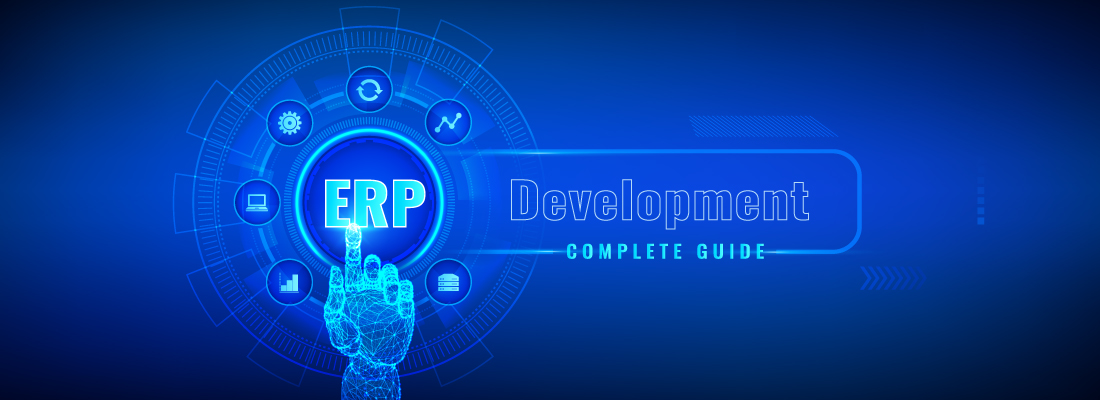A beginner’s guide to mobile apps: Today, creating a good mobile application entails catering to a wide range of user preferences. It is critical to delivering excellent work in a timely manner, with a high level of security and an appealing interface.
To address all of these points, we must select a good technology stack for mobile applications.
It allows us to save money on app development, saves time, opens up new opportunities, and makes future project improvements easier and more flexible. So, what exactly is a technology stack for mobile development, and how do you choose the right one?
A beginner’s guide to mobile apps – What is the definition of a technology stack?
A technology stack, also known as a solutions stack, technology infrastructure, or data ecosystem, is a collection of all the technology services required to build and run a single application.
For example, the social networking site Facebook is built with a variety of coding frameworks and languages such as JavaScript, HTML, CSS, PHP, and ReactJS. This is the ‘tech stack’ of Facebook
What is a mobile app development technology stack?
A technology stack for mobile app development is a collection of tools that can be used to create an app. It includes everything that contributes to the development of a mobile application, from programming languages to software development kits.
A solid technology step is a critical component that will have a significant impact on the success of your mobile app development process. It serves as a blueprint for your mobile app development project.
As a result, taking the time to select the right technology stack will benefit you greatly. This is primarily because it will avoid potential pitfalls such as a lack of quality developers in your chosen stack. Furthermore, you can ensure that what you build is in line with your long-term goals.
So let’s get down to business. A technology stack is made up of four basic components:
Front-end programming. This is the interface through which users will interact with your app.
Development of the back end. This is hidden under the hood and is responsible for the app’s smooth operation.
A platform for development. It’s a meeting ground for libraries and interfaces. As a result, the development platform allows developers to design and develop mobile applications.
How Do I Choose the Best Technology Stack for Mobile App Development?
1. Considerations for the App
- There are several factors that differ from one app to the next –
- The device on which the app will run.
- The network configuration in which it would operate.
- The user experience you want to provide.
- The estimated time of market entry.
- Among other things, the platform on which it would run.
2. The Purpose of a Mobile App
The aim that your mobile app will achieve will also have a big impact on the tech stack you choose for mobile app development.
The mobile app technology stack will be substantially different when designing a high latency app vs. a quick response, low latency mobile app.
3. Skill-Set of the Development Team
There are a number of languages and frameworks that produce similar results but have some distinguishing features that set one apart from the other. When choosing between two similar-ish tech stacks, the best thing to do is to rely on the developer’s skill set.
If you introduce a new technology stack to your team, it will increase not only the development effort and time but also the cost of mobile app development.
Introducing a mobile app development stack that your team is familiar with, on the other hand, will help expedite the process while preserving quality.
In 2021, the Technology Stack for Android Apps
To create a native app for the Android OS, we can use the Android app stack:
Languages for programming
There are two popular programming languages for creating Android apps. Today, Java is widely regarded as the most popular programming language for creating Android apps.
It provides one of the best options for developing Android applications because it is based on Android APIs and a large number of built-in Java libraries.
Java facilitates the development of applications for the above-mentioned operating systems in this way.
Kotlin is significantly lighter and less verbose than Java. It is not an academic language developed in the scientific community for specific purposes.
It was designed specifically for the development of Android applications by developers. At the same time, it is fully compatible with the Java Virtual Machine, allowing us to develop the app using both frameworks.
Tools for Android Development
Android Studio and Android Developer Tools (ADT) are excellent tools for creating Android applications. Google’s official development platform is Android Studio.
It has a user-friendly, straightforward design and all of the tools needed to create high-quality apps, as well as code editing and debugging capabilities. This programme includes a variety of aesthetic layouts as well as drag-and-drop capability.
2021 Technology Stack for iOS Apps – a beginner’s guide to mobile apps
The two operating systems, Android and iOS, are structurally distinct. Because of this distinction, they require their own style of technology stacks. Let us now go over this in greater detail using an actual iOS development environment as an example:
Languages for programming. Two major languages are typically used in iOS app development.
They are Objective-C and Swift, respectively.
Objective-C is an Apple-supported programming language that is used to create iOS applications. It has object-oriented capabilities as well as a dynamic runtime environment. However, due to its complexity, many developers prefer to use
Swift. According to a Stack Overflow poll, 68 percent of Objective-C developers are unwilling to continue using the language.
Finally
The global proliferation of smartphones, as well as the growing popularity of mobile applications, has caught the interest of developers.
Entering new territory where we can easily create a financially successful product with little effort creates optimistic perspectives.
Choosing the right technology stack is a critical step in creating a successful project with room for future growth and development. There are no good or bad stacks; however, determining which one is best for you requires skill and expertise.
Read More: 8 REASONS HOW MOBILE APP BOOST E-COMMERCE BUSINESS
























